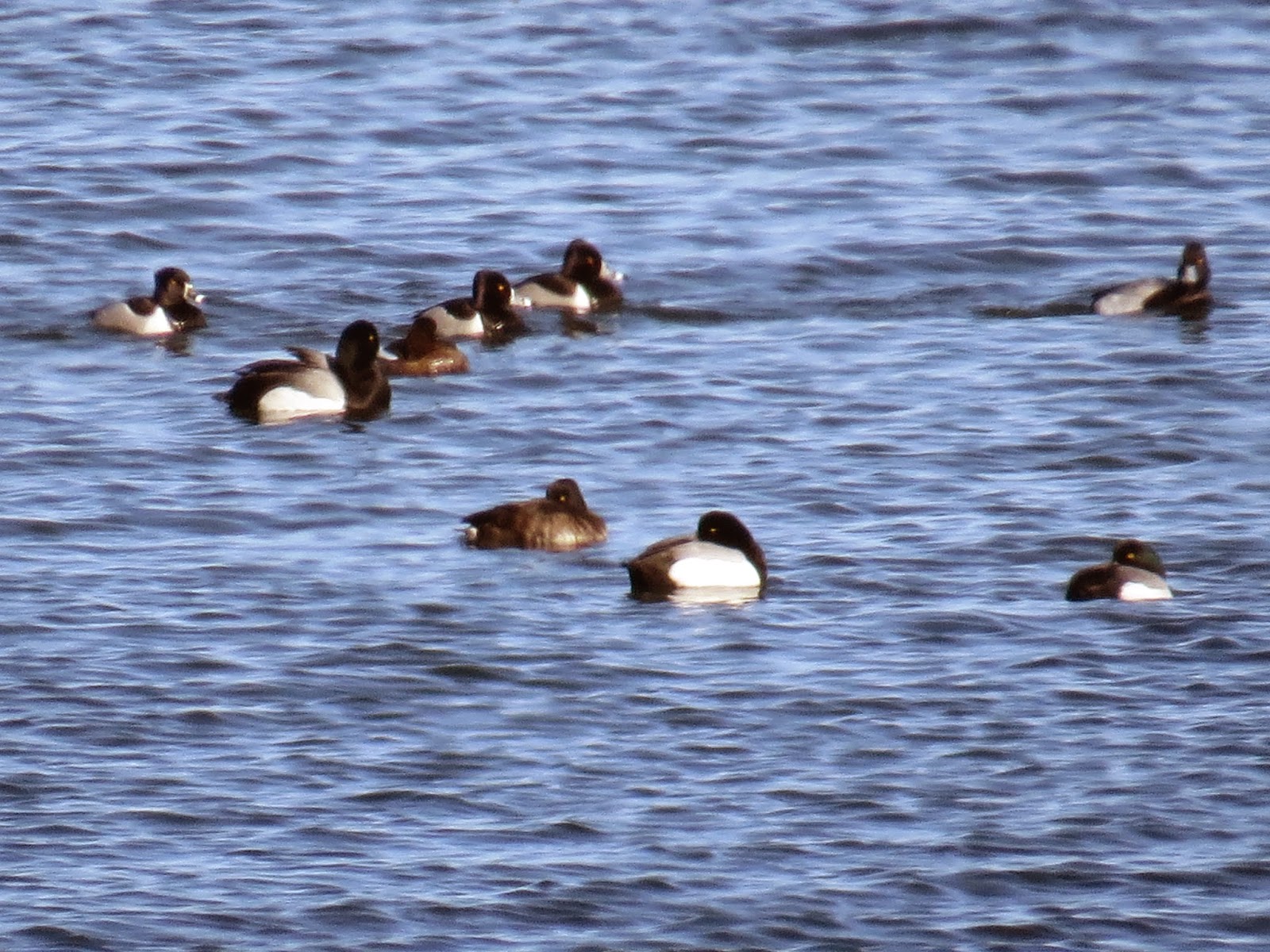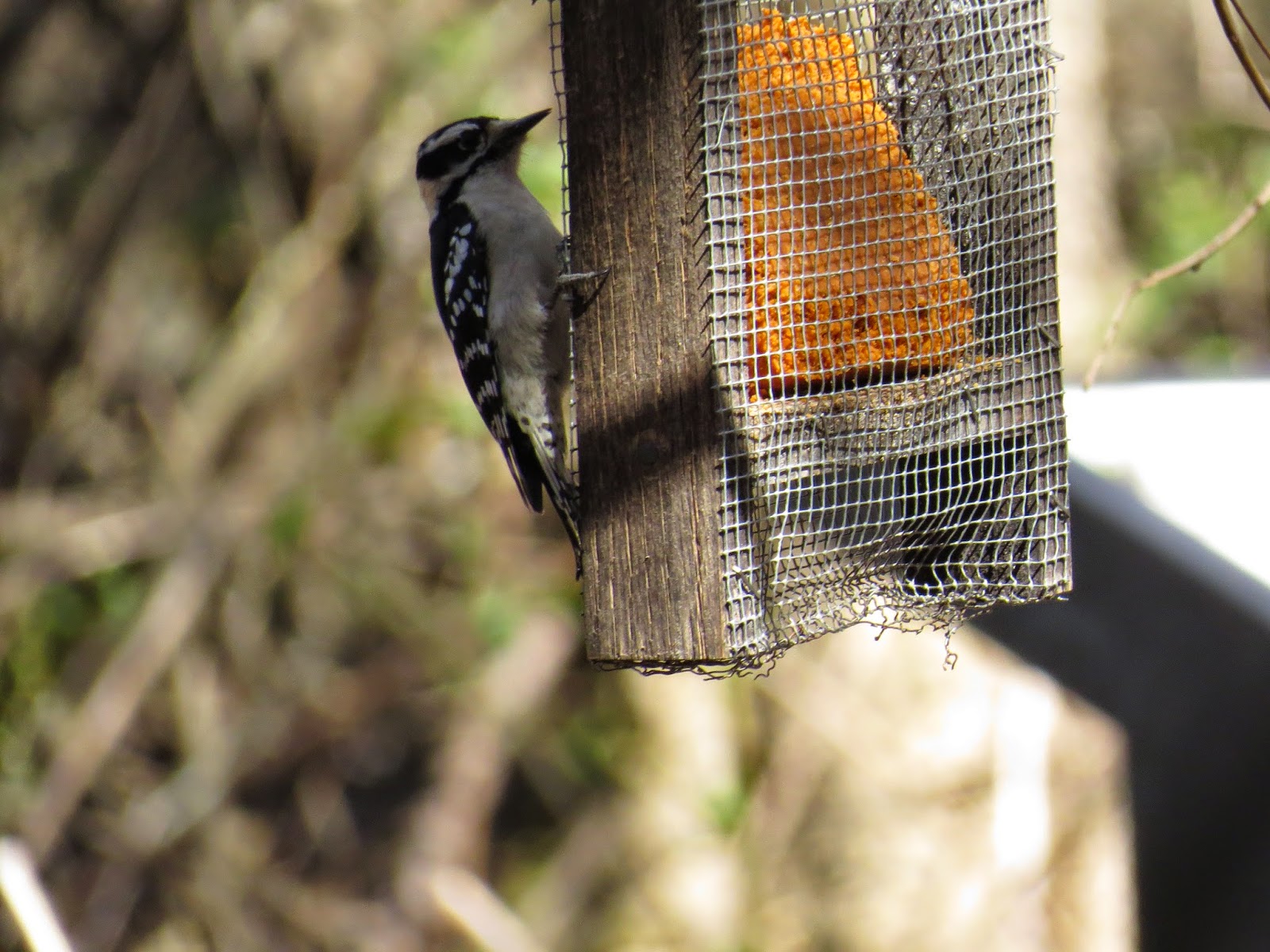If you love shorebirds, the above picture can be very exciting to you!
Like most birders, I've been working on learning more and more about the different ways to distinguish shorebirds. Going to the Georgia coast is a great opportunity to study shorebirds and other coastal birds. Along with some great views of birds, I got a life bird and a life subspecies.
Western Willet (subspecies)
While the Willet currently remains as one species, there is evidences that there is very little overlap between the Eastern and Western Populations and they do live in very different habitants and regions throughout their life cycle. Eastern Willets winters in South America and breeds on the Atlantic Coast. The Western Willets, seen above, winter on the Gulf Coast and some on the south North Atlantic coasts and Breed in the plains of the West. This makes these two subspecies very different from each other.
Comparing the Songs of the Willet Subspecies @ Sibley Guides -
Link here
Whimbrel - a Lifer for me
This Whimbrel was a life bird for me. I seemed to always dip out on these guys in Connecticut, but at the Bloody Marsh in St. Simon's Georiga, I got lucky! This guy was very affable and was even hunting around and eating a bunch while I watched him. His distinctive beak made him easy to spot out along with the fact that the other birds there were Least Sandpipers and Killdeer. He stuck out like a sore thumb!


















































